What is a Blockchain Oracle?
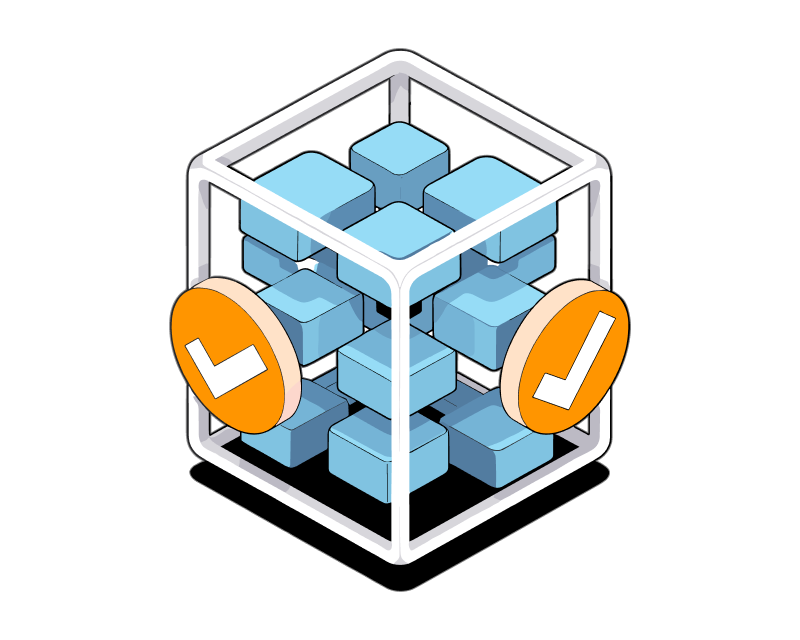
Table of Contents
- Blockchain Oracles: Bridging the Gap Between Smart Contracts and the Real World
- Why Are Blockchain Oracles Necessary?
- How Oracles Work: Connecting On-Chain and Off-Chain Data
- Types of Blockchain Oracles: A Diverse Landscape
- Benefits of Using Oracles: Expanding Smart Contract Capabilities
- Risks Associated with Oracles: Addressing Security Concerns
- Mitigating Oracle Risks: Best Practices
- The Future of Oracles: Enhancing Blockchain Interoperability
- Conclusion: Oracles as Essential Blockchain Infrastructure
Blockchain Oracles: Bridging the Gap Between Smart Contracts and the Real World
Blockchain oracles are essential for the functionality and growth of the blockchain ecosystem. They act as bridges between smart contracts and the real world, providing the external data that smart contracts need to function effectively. This article explains what blockchain oracles are, their different types, the risks associated with them, and their impact on the blockchain landscape.
Get started with a quick introduction to crypto and What is a blockchain?. Also, check out What is decentralized finance (DeFi)?
Why Are Blockchain Oracles Necessary?
Smart contracts, self-executing agreements written in code, operate within the confines of a blockchain. While powerful, they cannot directly access data outside the blockchain. This limitation restricts their use cases, as many real-world applications require access to external information.
Oracles solve this problem by feeding external data to smart contracts, enabling them to interact with real-world events and information. This expands the utility of smart contracts, allowing them to be used for a much wider range of applications. For example, a decentralized prediction market relies on an oracle to provide the outcome of a real-world event, such as an election result. A DeFi lending platform might use an oracle to get real-time cryptocurrency price feeds to determine collateralization ratios.
Explore DeFi use cases.
How Oracles Work: Connecting On-Chain and Off-Chain Data
Oracles function as intermediaries between smart contracts and external data sources. Here's a simplified breakdown of how an oracle works:
- Data Request: A smart contract requests specific data from an oracle.
- Data Retrieval: The oracle retrieves the requested data from an off-chain source, such as an API, website, sensor, or human input.
- Data Validation: The oracle validates the data to ensure accuracy and integrity.
- Data Delivery: The oracle delivers the validated data to the smart contract.
- Smart Contract Execution: The smart contract executes based on the data received.
Types of Blockchain Oracles: A Diverse Landscape
Oracles can be categorized based on several factors:
-
Source of Information:
- Software Oracles: Retrieve data from online sources like websites, APIs, and databases. These are the most common, providing real-time information like price feeds and weather data.
- Hardware Oracles: Connect smart contracts to physical devices, such as sensors and barcode scanners, enabling interaction with the physical world.
- Human Oracles: Individuals with specialized knowledge provide data, useful for verifying information or providing expert opinions.
-
Direction of Information Flow:
- Inbound Oracles: Provide external data to smart contracts.
- Outbound Oracles: Send data from smart contracts to external systems.
-
Trust Model:
- Centralized Oracles: Rely on a single entity to provide data, introducing a potential single point of failure.
- Decentralized Oracles: Use multiple independent oracles to provide and validate data, enhancing security and reliability. A prominent example is Chainlink. Learn more about decentralization.
Benefits of Using Oracles: Expanding Smart Contract Capabilities
Oracles enhance smart contracts by:
- Connecting to Real-World Data: Enabling interaction with off-chain information, triggering actions based on real-world events.
- Automating Processes: Automating tasks and agreements based on external data, reducing manual intervention and increasing efficiency.
- Expanding Use Cases: Enabling new applications of smart contracts across various industries.
- Improving Security and Reliability (Decentralized Oracles): Mitigating single points of failure and enhancing trust.
Risks Associated with Oracles: Addressing Security Concerns
While crucial, oracles introduce potential risks:
- Oracle Manipulation: A compromised oracle could provide false data, triggering unintended smart contract execution.
- Single Point of Failure (Centralized Oracles): A failing centralized oracle can disrupt dependent smart contracts.
- Data Authenticity and Integrity: Ensuring the accuracy and reliability of data is essential.
- Smart Contract Vulnerabilities: Vulnerabilities in the smart contract itself can be exploited, even with accurate oracle data. Learn about smart contract security.
Mitigating Oracle Risks: Best Practices
Strategies for mitigating risks include:
- Using Decentralized Oracles: Distributing trust among multiple oracles reduces the impact of a single compromised oracle.
- Reputation Systems: Evaluating the reputation of oracles can help identify reliable sources.
- Data Verification and Validation: Implementing mechanisms to verify data enhances security.
- Secure Smart Contract Development: Thorough auditing and testing of smart contracts minimize vulnerabilities.
The Future of Oracles: Enhancing Blockchain Interoperability
Oracles are constantly evolving. Future developments include:
- Improved Oracle Security: Ongoing research focuses on enhancing security through advanced cryptography and decentralized consensus mechanisms.
- Cross-Chain Oracles: Enabling interoperability between different blockchain networks. Learn about crypto bridges.
- Integration with Real-World Systems: Connecting oracles to a wider range of real-world systems and data sources.
Conclusion: Oracles as Essential Blockchain Infrastructure
Oracles are fundamental to the blockchain infrastructure, bridging the gap between smart contracts and the real world. By providing secure and reliable access to external data, oracles unlock the full potential of smart contracts, enabling a wide range of applications and transforming industries.
Learn more about related concepts like blockchain technology and Decentralized Autonomous Organizations (DAOs). Also, explore Decentralized Applications (dApps) and What is a token?.
Related guides
Start from here →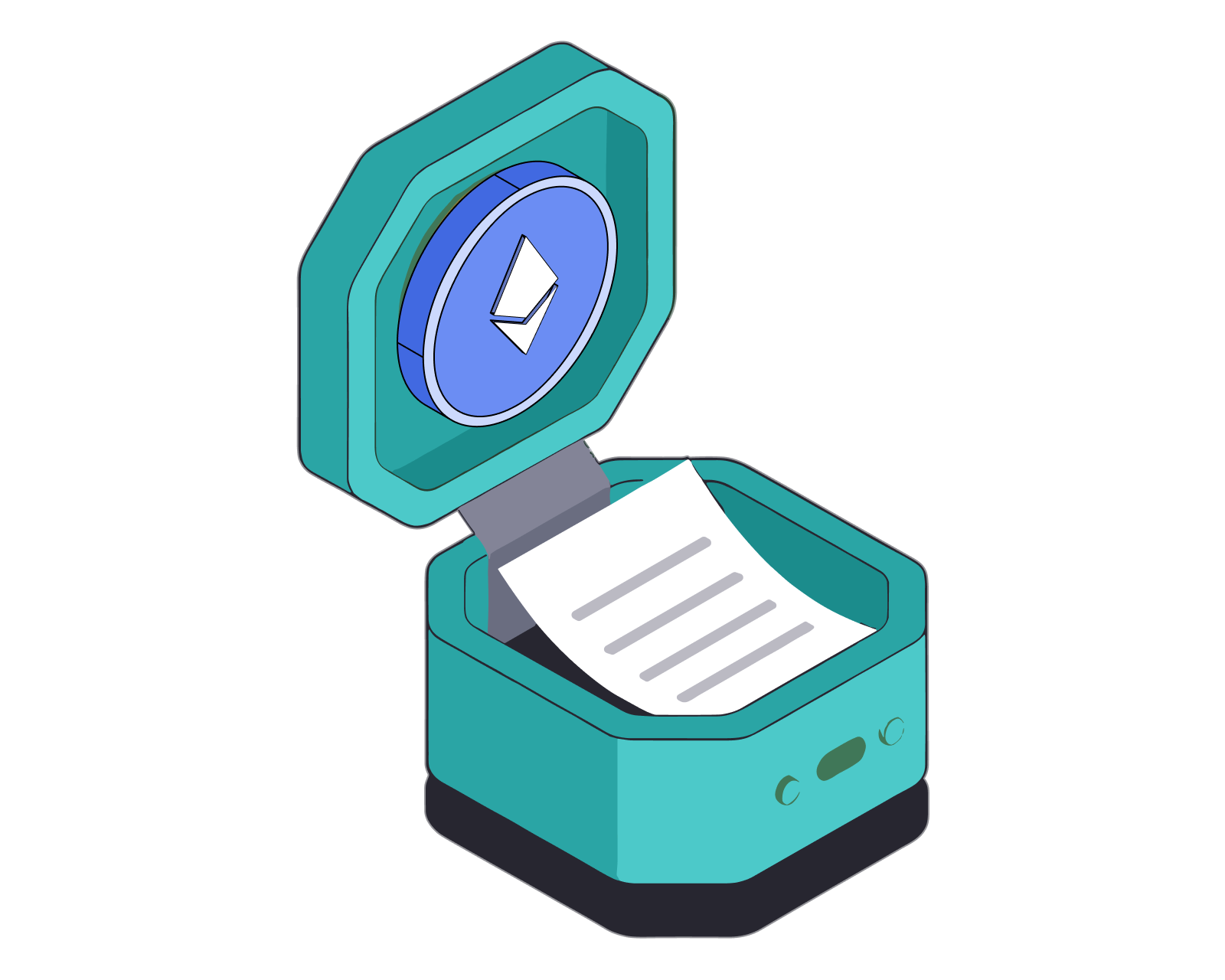
What's a smart contract?
Get the basics on the "software" that runs on decentralized networks.
Read this article →
What's a smart contract?
Get the basics on the "software" that runs on decentralized networks.
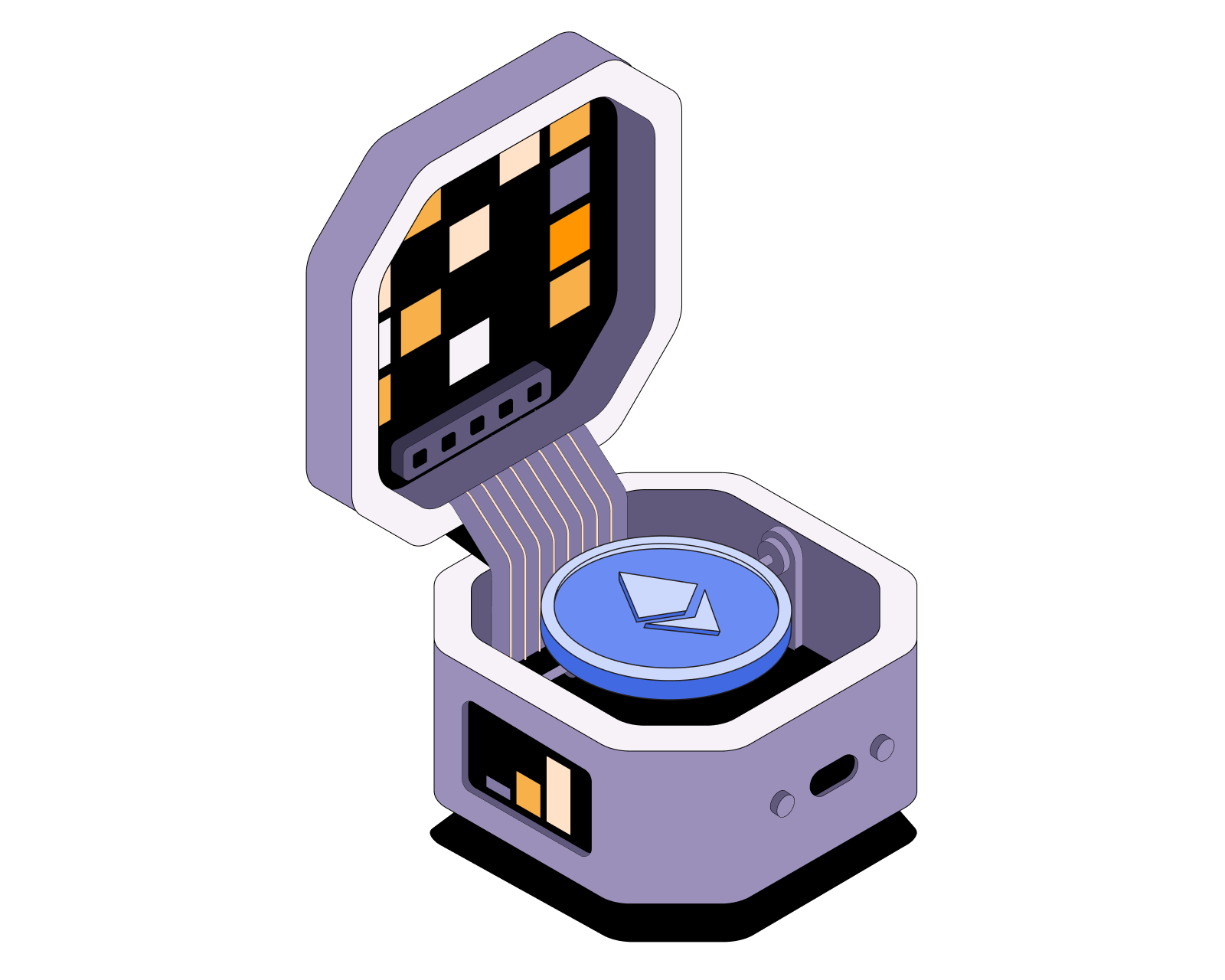

What is Ethereum?
Understand Ethereum's key characteristics.
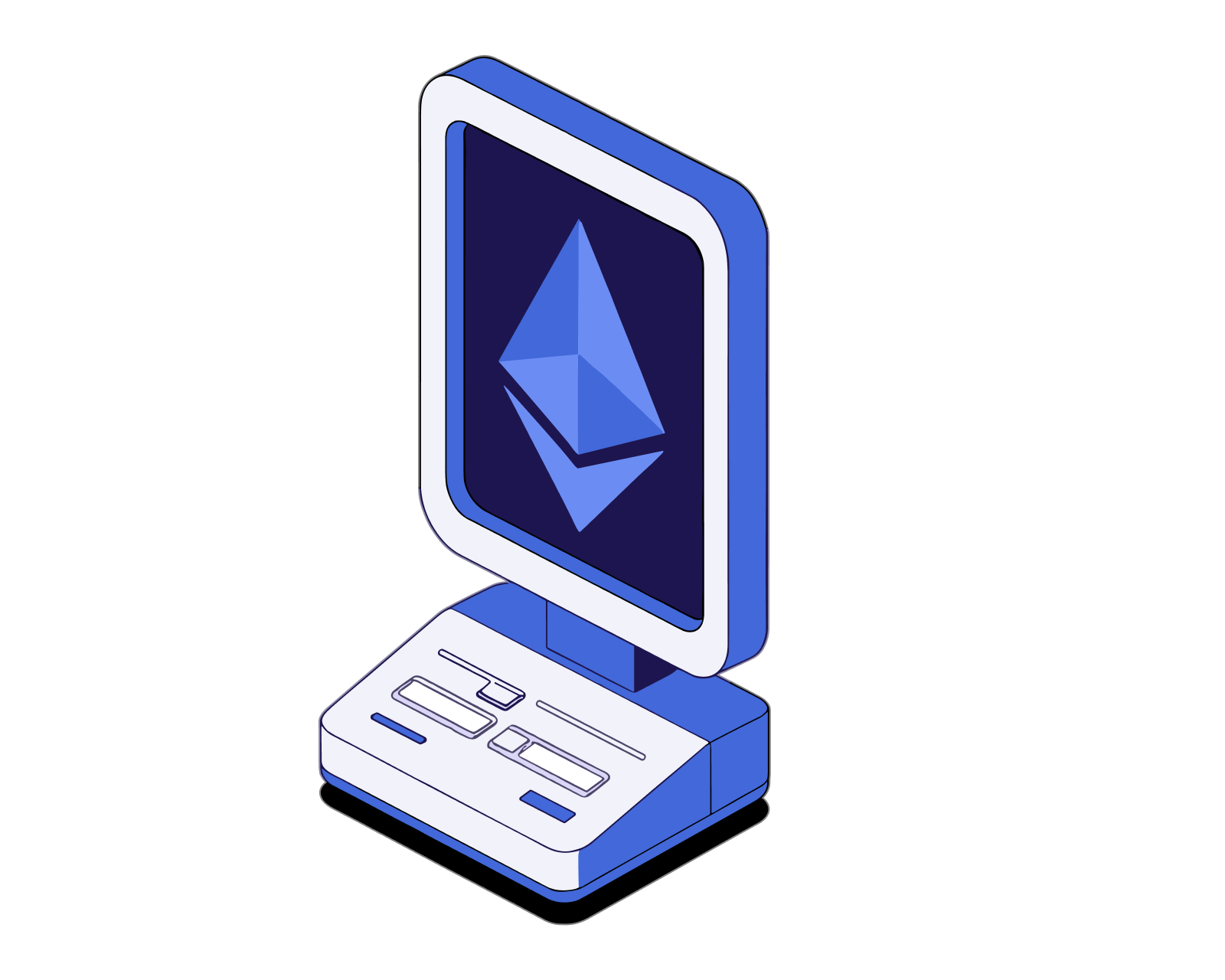
What is DeFi?
Learn what makes decentralized finance (DeFi) apps work and how they compare to traditional financial products.
Read this article →
What is DeFi?
Learn what makes decentralized finance (DeFi) apps work and how they compare to traditional financial products.
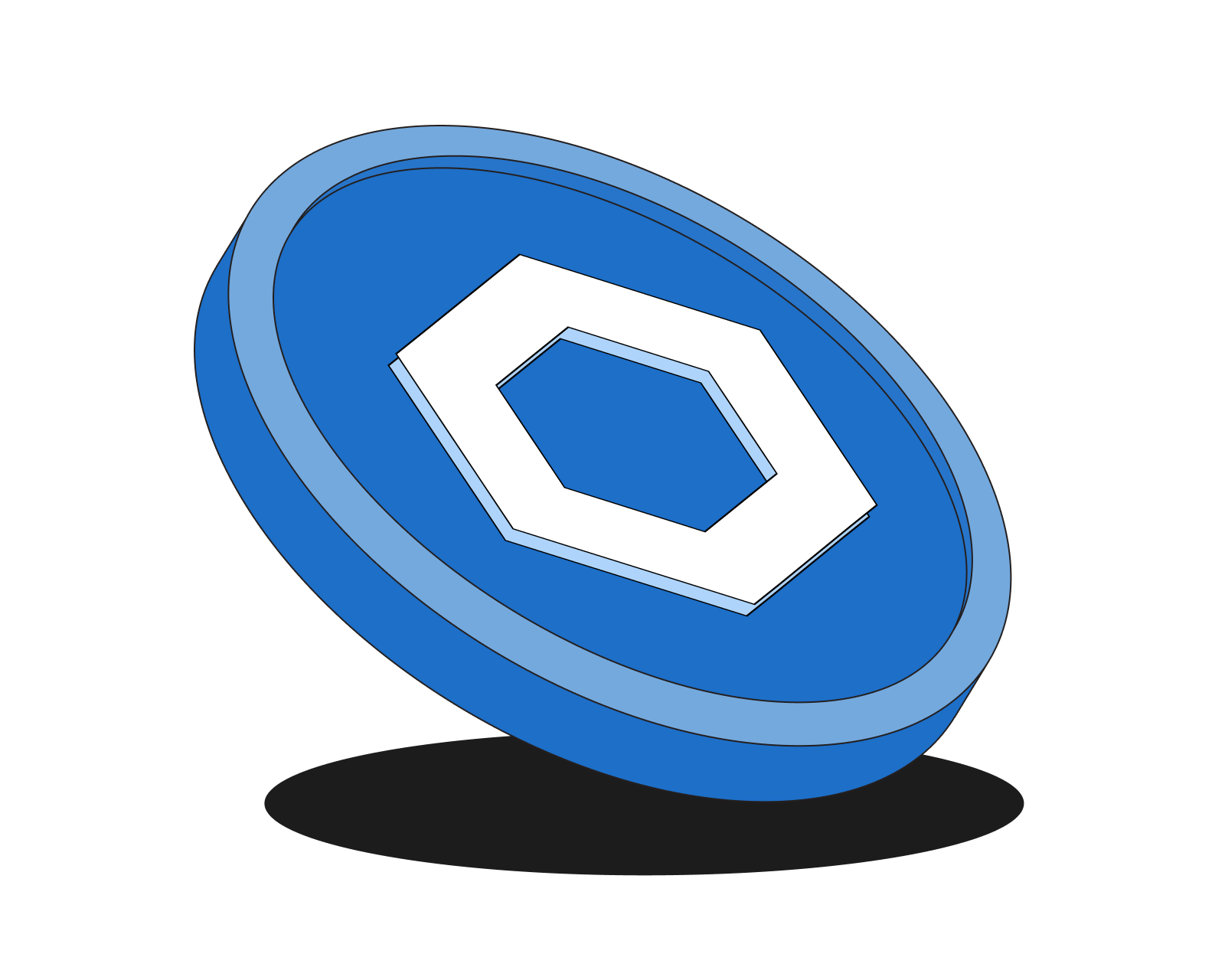
What is Chainlink?
Chainlink bridges the gap between blockchains and real-world data, enabling smart contracts to interact with off-chain information and systems.
Read this article →
What is Chainlink?
Chainlink bridges the gap between blockchains and real-world data, enabling smart contracts to interact with off-chain information and systems.
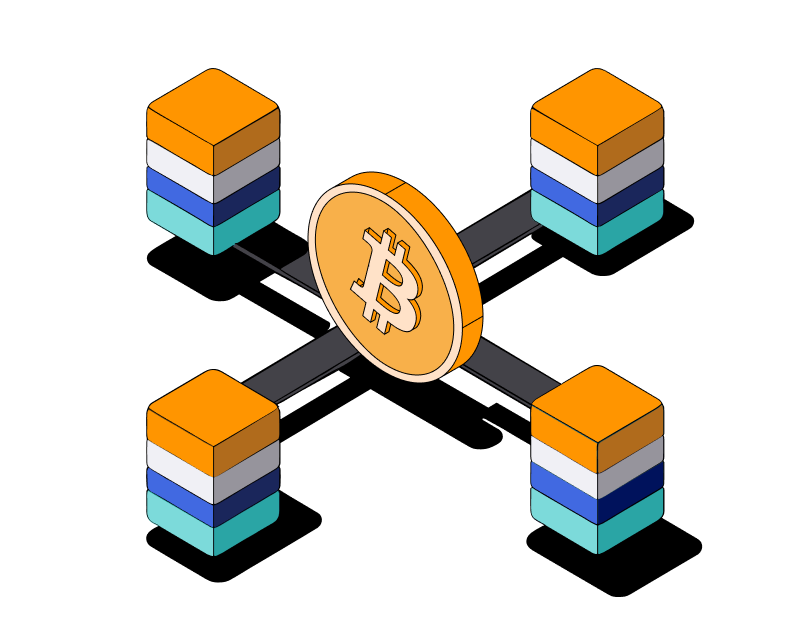
What is a Blockchain?
This beginner's guide explains blockchain, its importance in cryptocurrencies, and how it works. Explore its uses, advantages, and future potential.
Read this article →
What is a Blockchain?
This beginner's guide explains blockchain, its importance in cryptocurrencies, and how it works. Explore its uses, advantages, and future potential.
STAY AHEAD IN CRYPTO
Stay ahead in crypto with our weekly newsletter delivering the insights that matter most
Weekly crypto news, curated for you
Actionable insights and educational tips
Updates on products fueling economic freedom
No spam. Unsubscribe anytime.
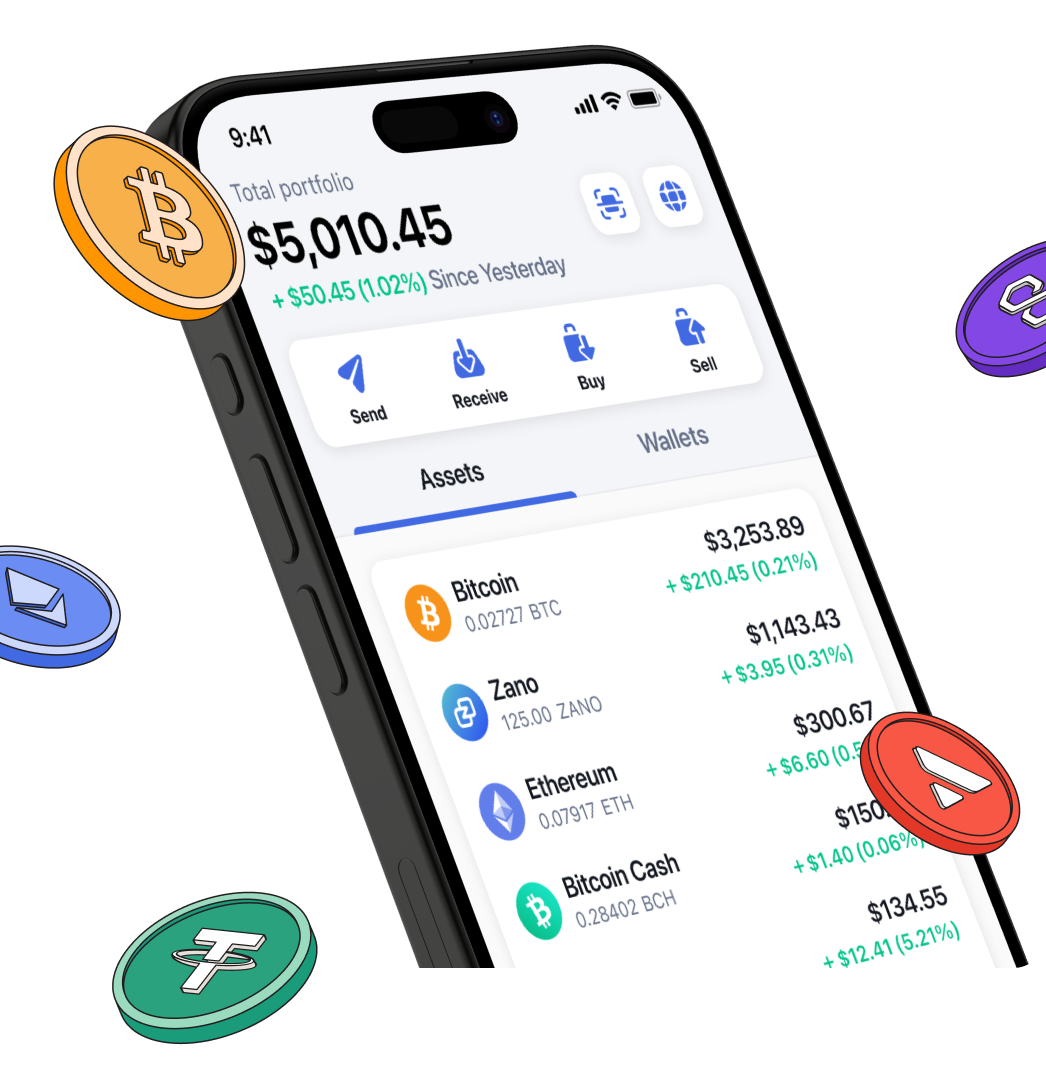
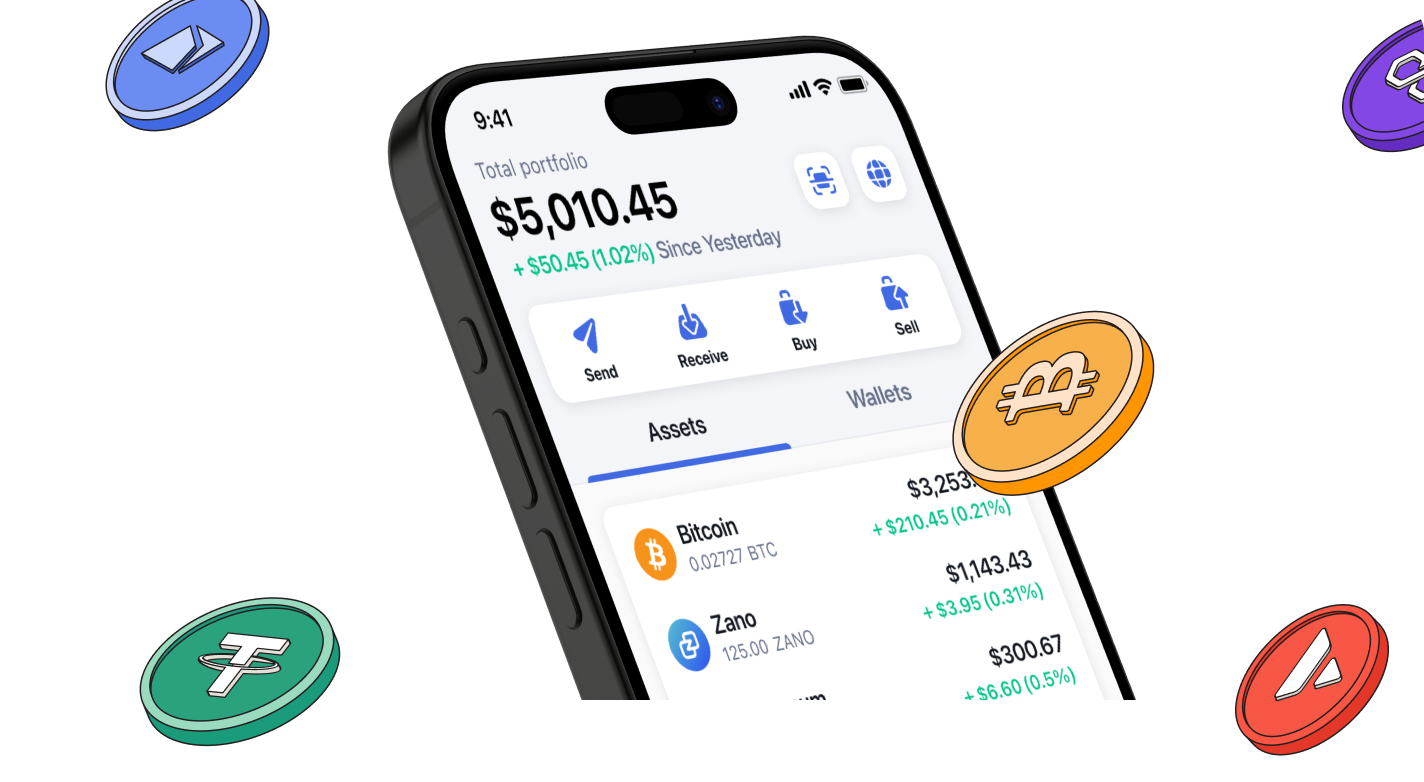
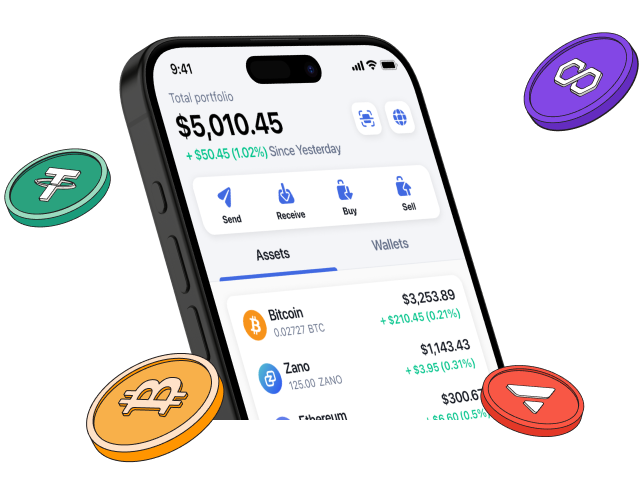
Start investing safely with the Bitcoin.com Wallet
Over wallets created so far
Everything you need to buy, sell, trade, and invest your Bitcoin and cryptocurrency securely

© 2025 Saint Bitts LLC Bitcoin.com. All rights reserved


